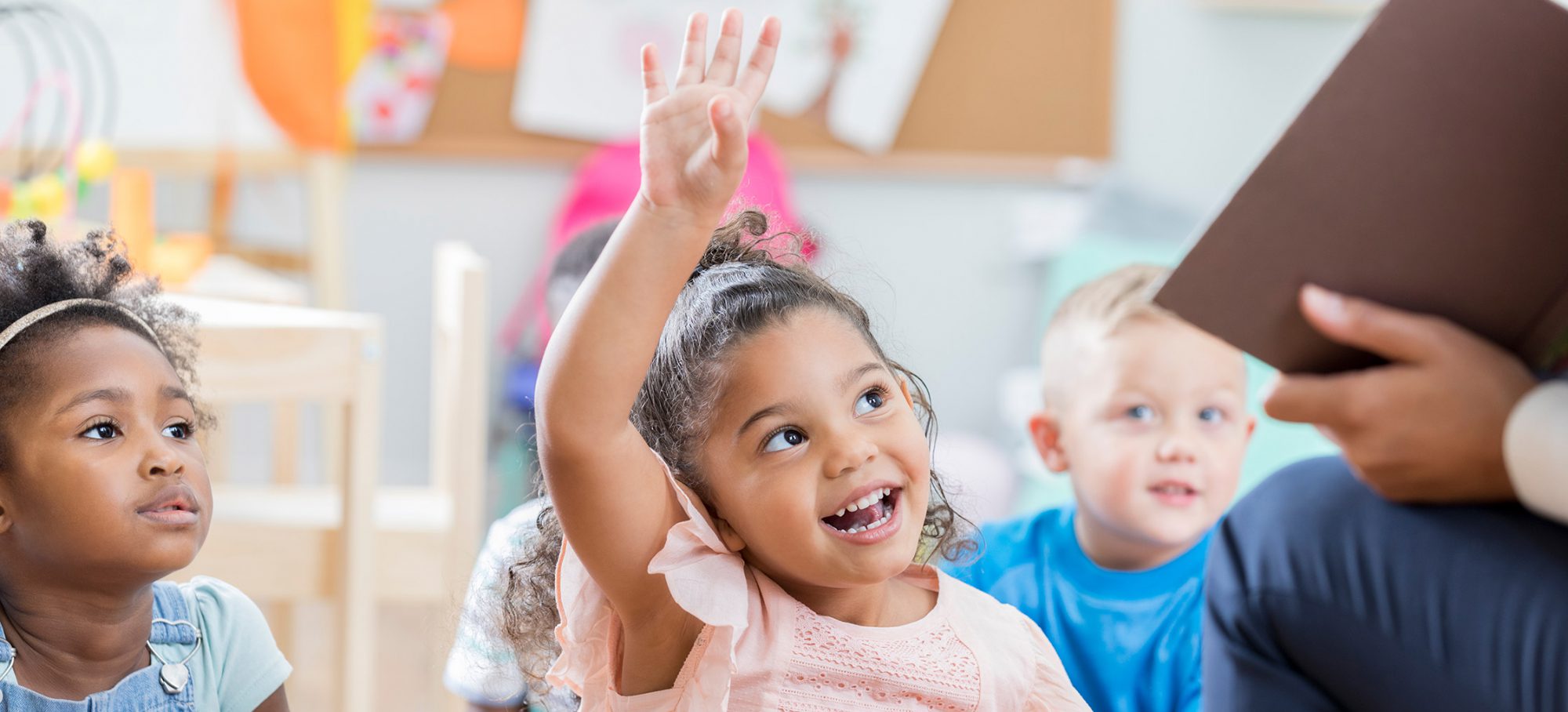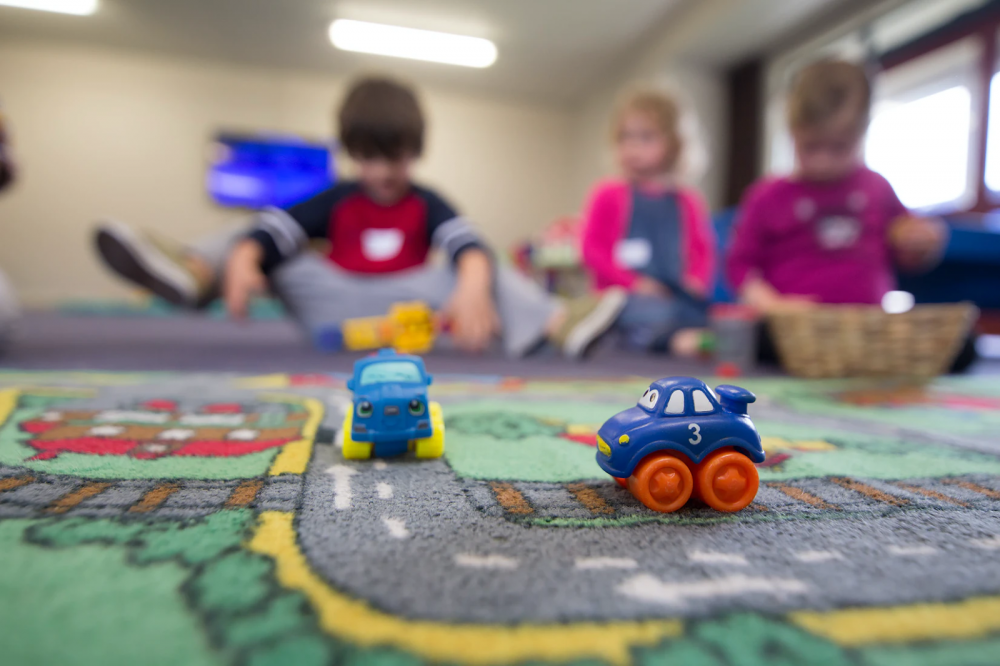Note: PrekAdvisor cares about the safety of students, parents, and teachers. This article is not meant to be a suggestion that schools reopen; rather we want to outline some of steps that parents should consider taking in the event that their children go back to school.
It’s no secret that COVID-19 has changed the way we work, learn, and socialize. As states, businesses, and private institutions begin to announce their reopening plans, parents across the country are wondering what the ongoing pandemic means for their preschoolers and the 2020-2021 school year.
Though the situation is ever-changing, PrekAdvisor wants to discuss some changes that you can expect to see in your child’s preschool routine and what parents can do to support their children and teachers during this time.
Steps Preschools Should Be Taking to Keep Students Healthy
To learn more about what parents should expect in the classroom, we spoke with McKinsey & Company’s Associate Partner, Saurabh Sanghvi, and Education Practice Manager, Emma Dorn.
“More and more, the research is showing that it’s a combination of measures that are going to add up towards safety,” Dorn states.
To start, all preschools should follow the guidelines set forth by local, state, and federal governments. For further guidance, program directors and instructors should turn to recommendations from the Centers for Disease Control and Prevention and the American Academy of Pediatrics. Both organizations have recommendations, tips, and plans that outline the steps schools should be taking.
Social distancing for young children may be difficult, but there are still risk mitigation strategies that preschools can put into place. Two of the biggest changes that parents will notice are the classroom structure and the sanitation practices.
The Structure of the Classroom
“One of the most effective ways to limit risk, especially with young children where it’s much harder to have masks and social distancing, is to have cohorts,” Dorn says. Cohorts, which are simply smaller class groups, will limit the amount of people (and, in turn, germs) children come in contact with. Instead of having large groups where students rotate between classes, teachers, or activities, cohorts keep the same students and instructors together for the entirety of the day. These class sizes are being limited to ten or twelve individuals.
Not only is the composition of the people in the classroom likely to change, but so will the physical structures.
Sanghvi notes that schools will be changing up the infrastructure of the classroom to make it easier for students to naturally follow distancing guidelines. “We’re seeing a lot of rethinking of how to use the physical space,” he says. This may include barriers, dividers, cubby spacing, and even changes in the flow of foot traffic in and out of the building.
Similarly, it will also be common for parents to drop their children off in front of their preschool program instead of walking them in. Small changes like this will help reduce the number of visitors in the building.
Taking It Outside
The American Academy of Pediatrics says that utilizing outdoor spaces when possible is one of the highest priority strategies for preschools. If remaining indoors, schools should ensure that ventilation systems operate properly and increase the circulation of outdoor air as much as possible. This is because outdoor transmission of the virus is known to be much lower than indoor transmission.
Sanitation Practices
Another change is one that likely won’t be as visible to parents: sanitation practices. Schools should be cleaning vigorously between school days and disinfecting surfaces that children come in contact with frequently. This includes items like playground equipment, door handles, drinking fountains, physical education equipment, and toys. Teachers must also ensure that all cleaning products are properly labeled and stored out of reach of children.
Schools may also prohibit items from home where germs could potentially hitch a ride. Shared items in a classroom that are difficult to clean should be limited. Children should keep their individual belongings away from others’ items. Additionally, teachers should also be practicing and reminding children of good hygiene practices. Kids should frequently wash hands, cover coughs and sneezes, and report any signs of illness.
But at the end of the day, it’s important to realize that even the strictest precautions don’t eliminate the probability of infection. “There’s no guarantee that everyone stays safe,” Dorn explains. “Everything is going to have to be a risk assessment, and we are going to do everything we can do to reduce the risk, but there’s no one silver bullet.”
How Parents Can Be Sure Schools Are Taking the Right Precautions
Because parents aren’t with their children throughout the day, it can be difficult to really know whether or not their preschool is taking the proper precautions. However, Rhian Evans Allvin, the Chief Executive Officer for the National Association for the Education of Young Children, notes that communication is key. “The best way parents can check in is to ask questions and to not assume anything,” Allvin explains.
Some questions that parents can ask their children’s teacher or childcare provider include:
- What precautions are you taking throughout the day?
- What are your cleaning procedures?
- How are you communicating with parents if a case is reported?
- What kind of transparency do you have in communicating if a case is reported?
- What are your procedures going to be if a case is reported or identified?
“The more questions parents ask, the more, I think, they will feel connected to what the program has been implementing,” Allvin says.
What Parents Can Do to Support Their Children and Teachers
Being engaged is one of the most important things that parents can do to help both their children and teachers during this time.
“Make sure you’re seeing emails that teachers are sending and that you’re responding,” Allvin advises. This goes for both in-person or virtual classroom settings. “If a teacher is setting up a time for children to be interactive, ensure your child is there to partake in that.”
And don’t be afraid to ask for guidance when needed. For example, you can reach out to the teacher if your child exhibits any behaviors that worry you. Stay in touch so that teachers can be supportive and help you navigate this time. Simply keeping them in the loop will help make their job (and yours as a parent) easier.
Conclusion
In the era of COVID-19, it’s more important than ever before to take an active role in your child’s preschool education. Be alert and ask questions to ensure that your child’s preschool facility is taking the right precautions.

